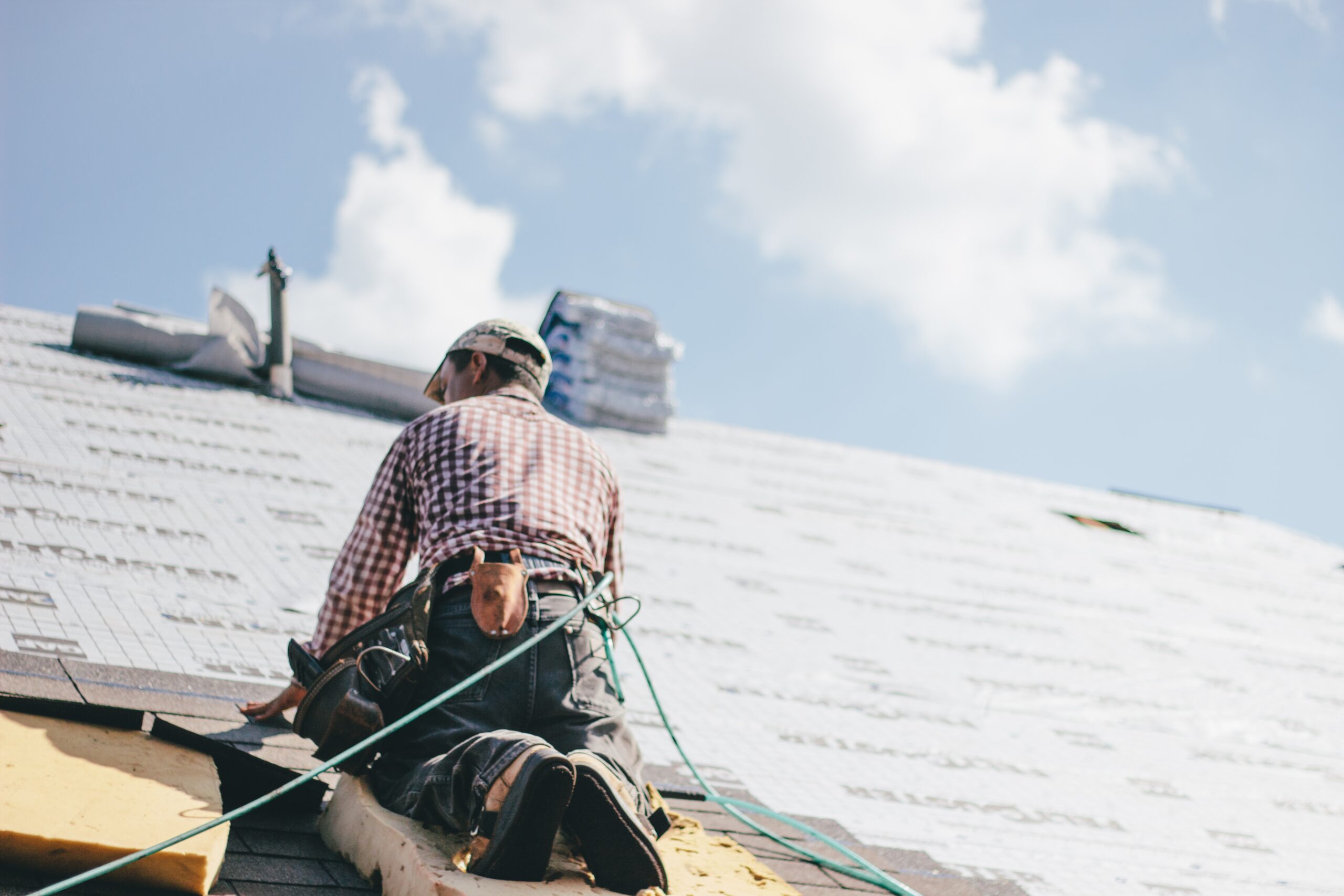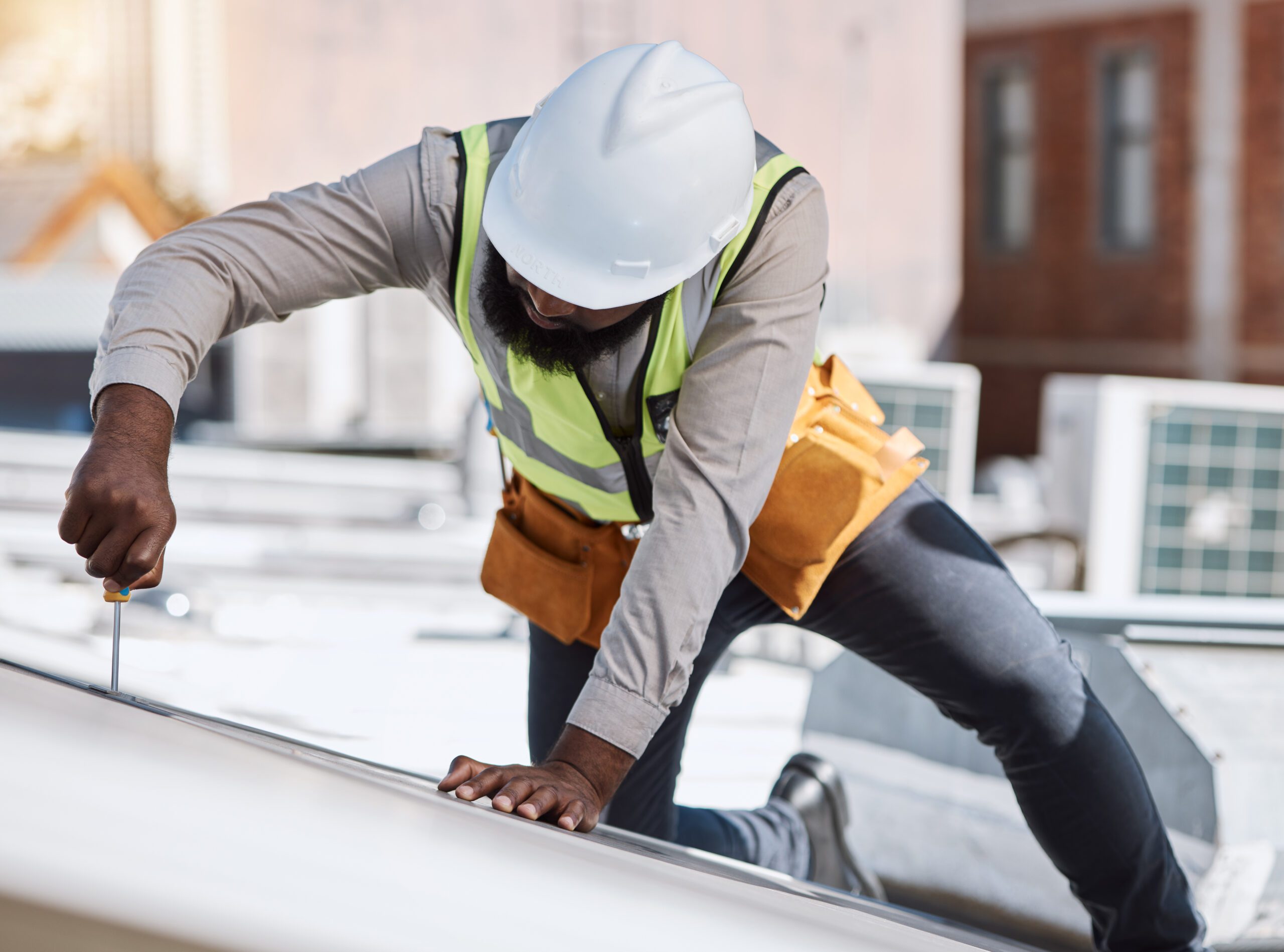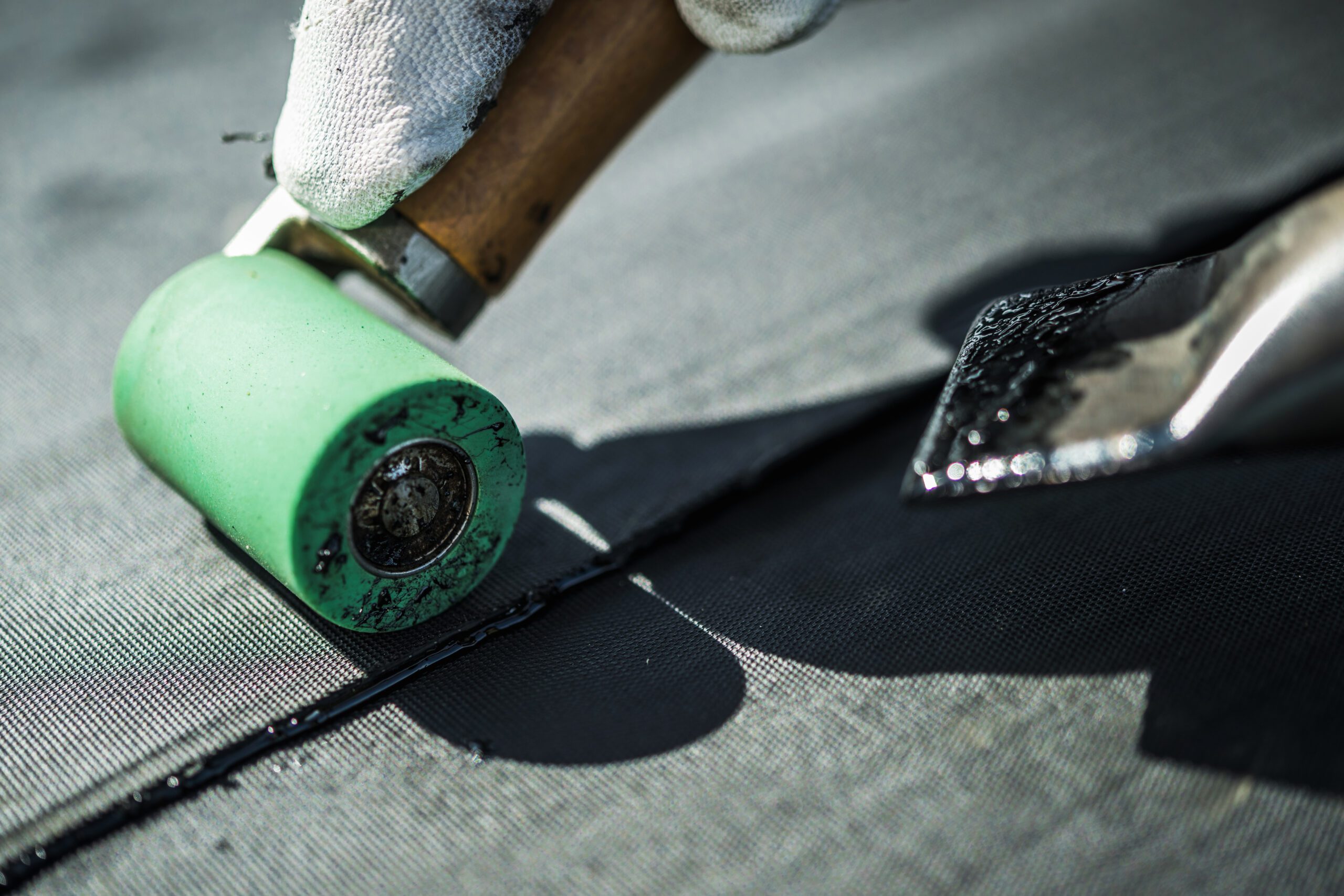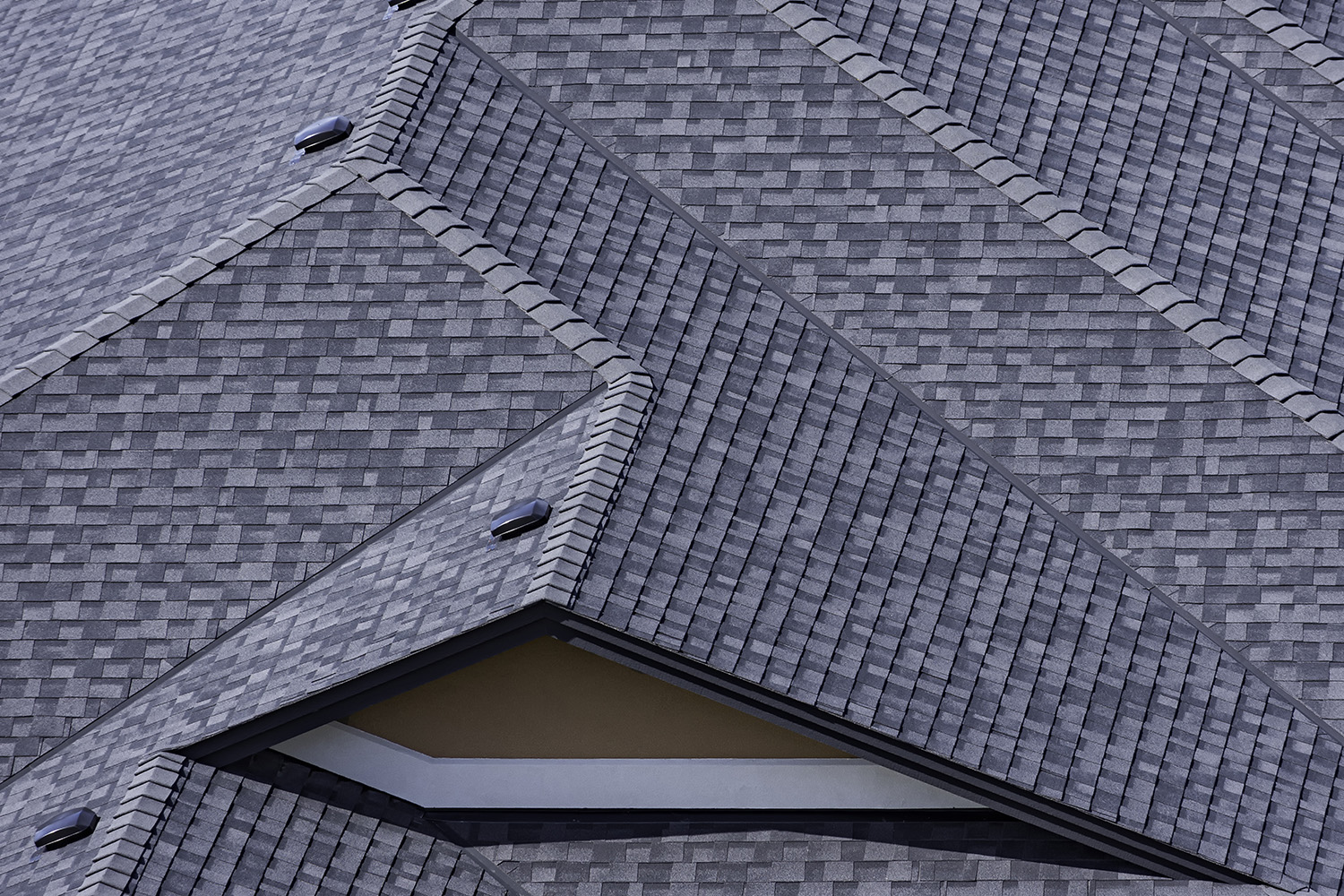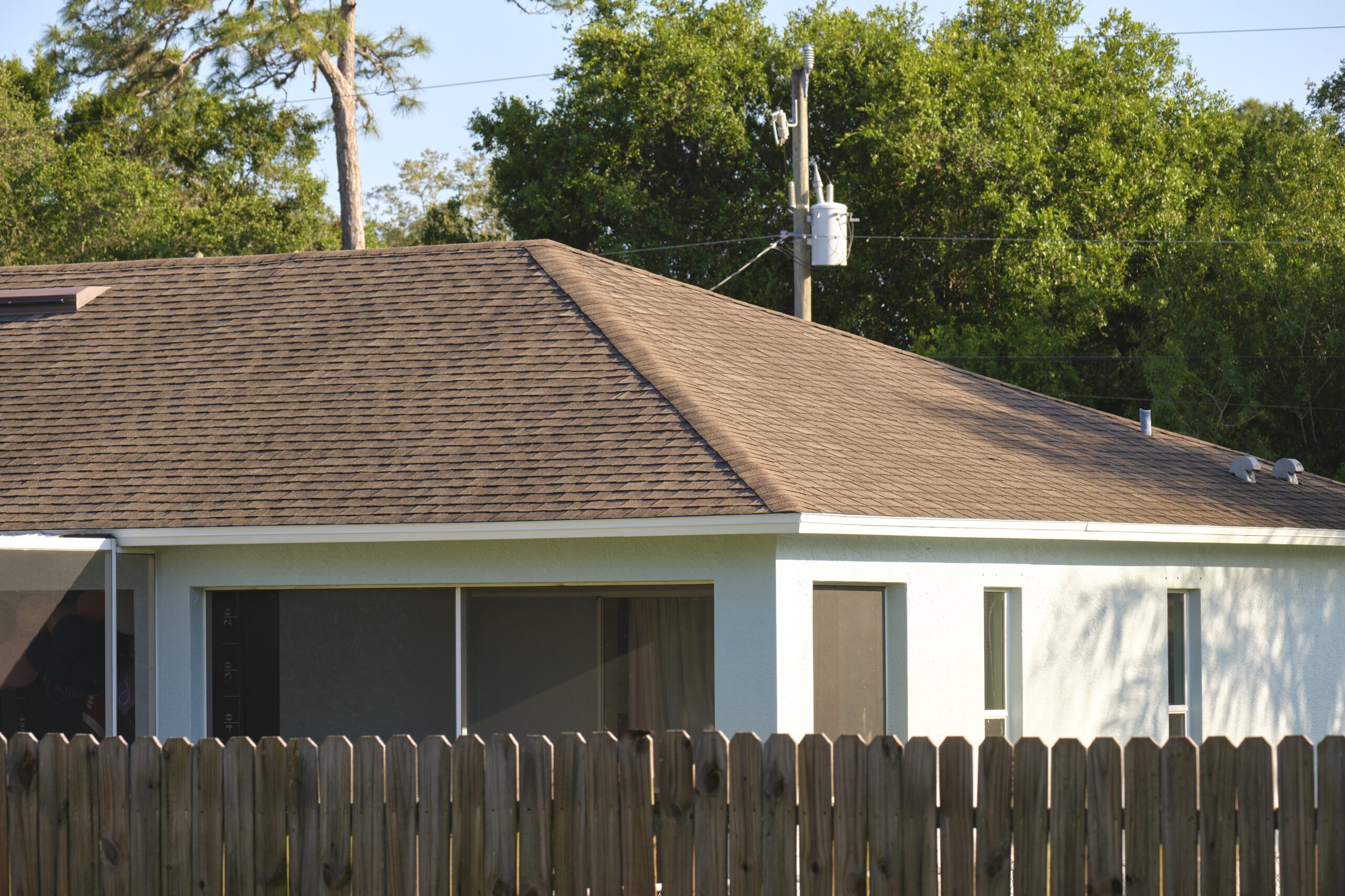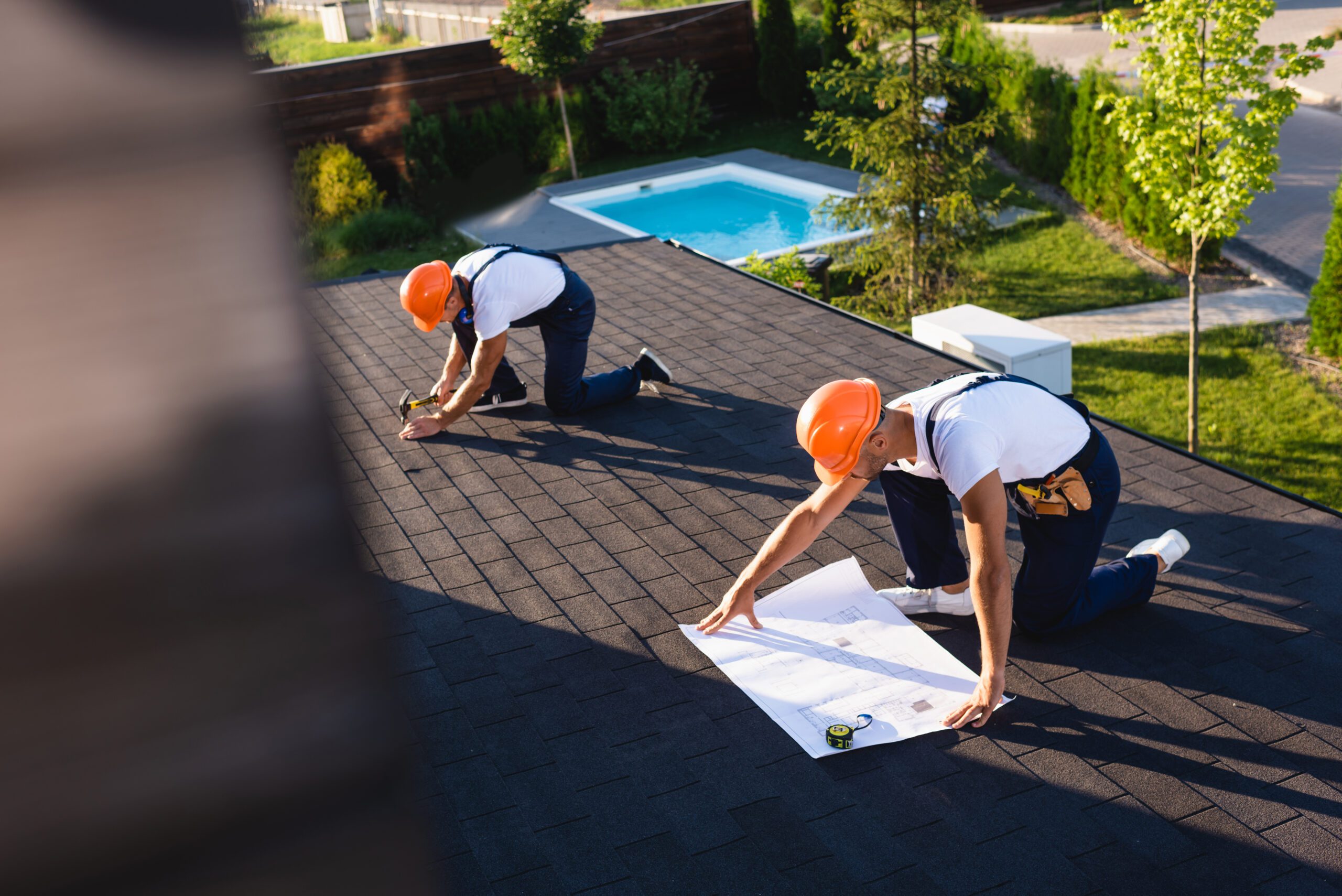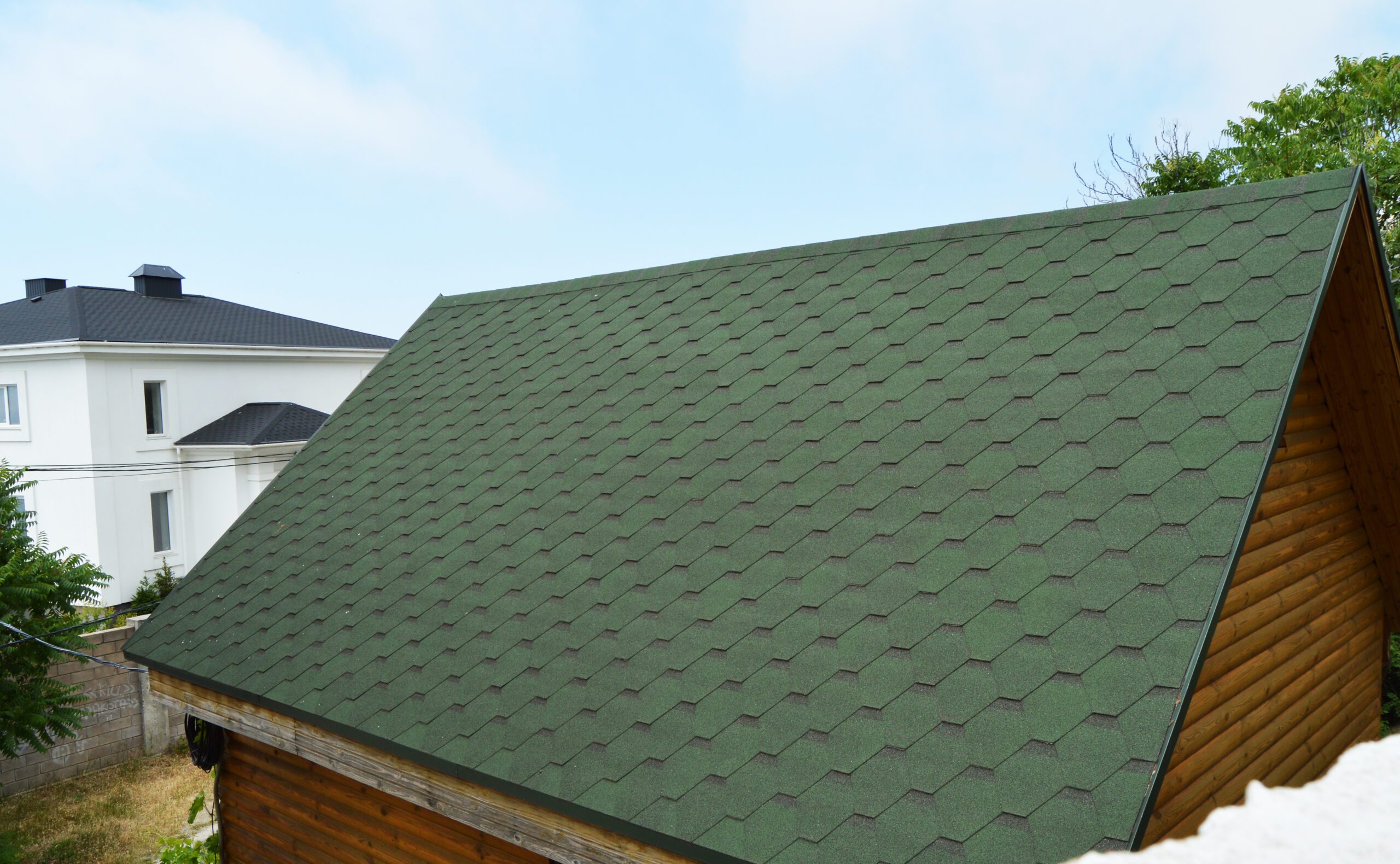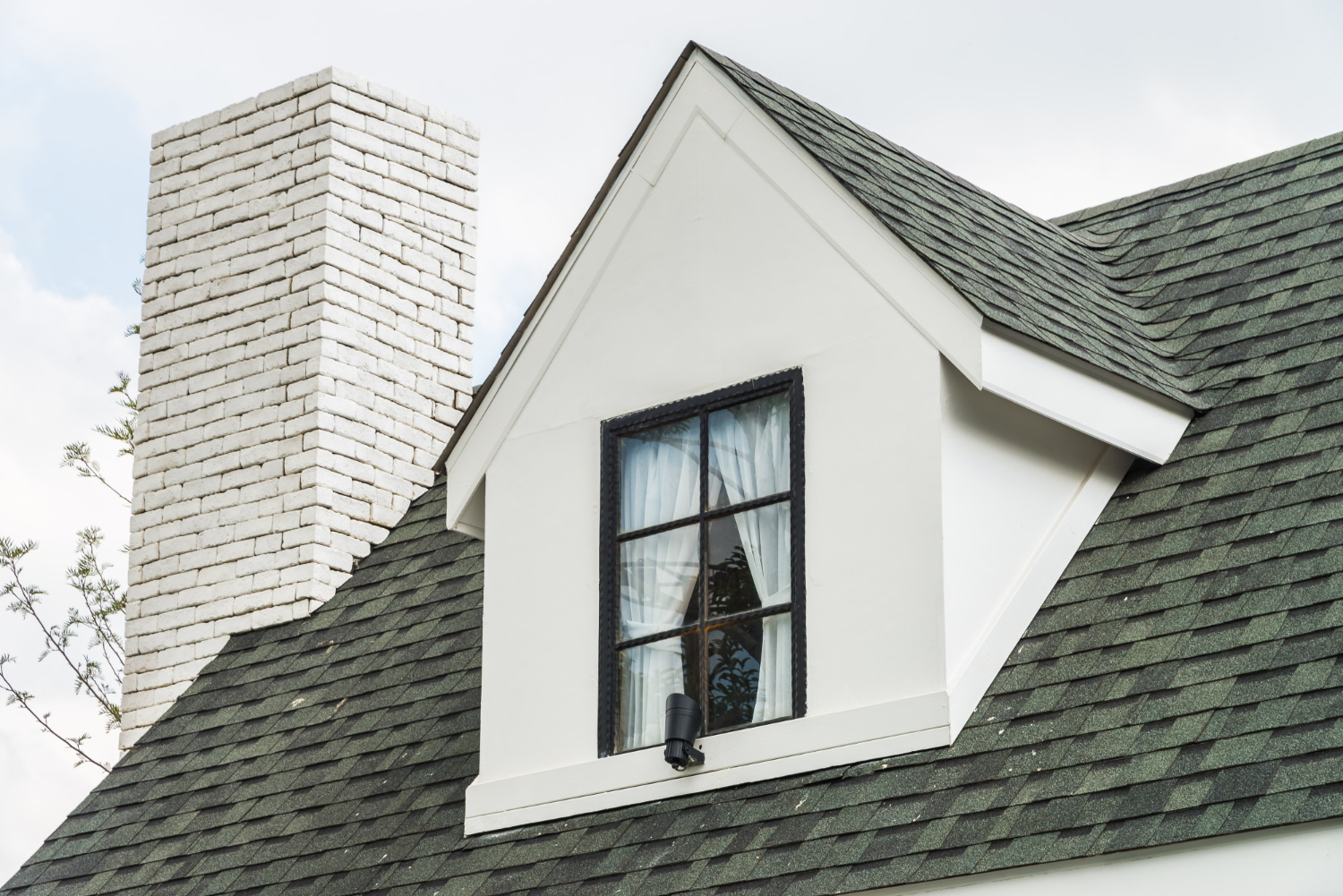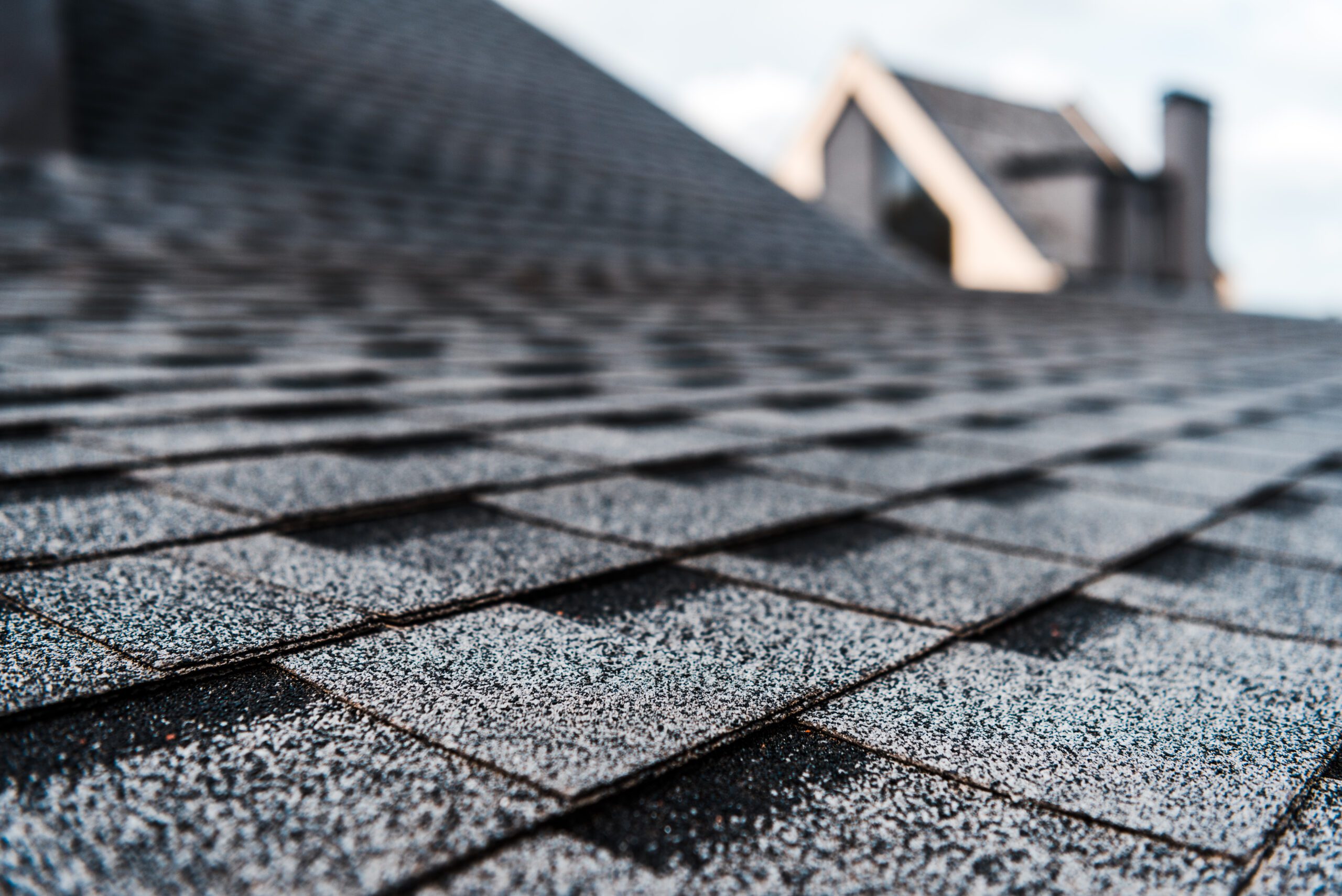Asphalt shingle roofing is an incredibly popular and practical roofing solution for homeowners seeking an affordable, durable, and visually appealing option for their residences. With a multitude of styles, colors, and textures to choose from, asphalt shingles can be customized to complement any architectural design and enhance your home’s curb appeal. Moreover, these shingles offer excellent performance in terms of weather resistance, longevity, and low maintenance requirements. As the leading and most trusted residential roofing contractor in New Hampshire and Southern Maine, J. Carnes & Son Roofing specializes in advising homeowners about the most suitable roofing materials, including asphalt shingles, and performing professional installation and maintenance to guarantee a reliable and attractive roofing solution for years to come. In this blog post, we will discuss the numerous benefits of selecting asphalt shingle roofing for your home, explore the different types available, and share valuable recommendations for working with a skilled contractor to ensure a successful installation and maximum return on your investment.
Asphalt shingle roofing provides a perfect blend of aesthetic appeal, durability, and cost-effectiveness, making it an attractive choice for homeowners looking for a high-quality, long-lasting roofing system. In the following sections, we will delve into the unique advantages of asphalt shingle roofing, compare the various types and styles available, and provide professional guidance on how to select the perfect shingle, prepare for the installation process, and ensure proper ongoing care and maintenance to preserve your shingle roof’s performance, appearance, and structural integrity.
Top Benefits of Asphalt Shingle Roofing
Asphalt shingles have remained a popular choice for homeowners due to their numerous advantages, including:
1. Affordability: Asphalt shingles are among the most cost-effective roofing materials available, offering a combination of durability, performance, and aesthetic appeal at a reasonable price point.
2. Variety of Styles: Asphalt shingles are available in a wide array of styles, colors, and textures, allowing homeowners to select the perfect match for their home’s architectural style and enhance curb appeal.
3. Durability: With proper installation and maintenance, asphalt shingles can offer a lifespan of up to 20-30 years, providing reliable protection against various weather conditions, UV rays, and water infiltration.
4. Ease of Installation: Asphalt shingles are relatively lightweight and easy to install, making for quicker and more affordable installation when compared to other roofing materials.
5. Energy Efficiency: Many asphalt shingles now come with energy-efficient reflective coatings, which can help reduce heat absorption and lower cooling costs during the hot summer months.
Types of Asphalt Shingles
There are three primary types of asphalt shingles to choose from, each with their unique features and benefits:
1. 3-Tab Shingles: The most traditional and affordable option, 3-tab shingles offer a uniform and clean appearance. However, their relatively short lifespan and vulnerability to wind uplift make them less suitable for areas prone to extreme weather conditions.
2. Architectural Shingles: Also known as dimensional or laminated shingles, architectural shingles are thicker and more durable than 3-tab shingles, offering increased longevity and better resistance to wind and rain. These shingles feature a multi-dimensional appearance, adding depth and texture to a roof, and are available in various colors and styles.
3. Premium Shingles: High-end asphalt shingles, known as premium or luxury shingles, offer enhanced durability, impact resistance, and UV protection, often mimicking the appearance of natural materials like wood shakes or slate. While their higher cost may not be suitable for all budgets, premium shingles can provide exceptional performance and beauty for homes in areas with harsh weather conditions.
Selecting and Preparing for Asphalt Shingle Installation
To ensure a successful asphalt shingle installation and long-lasting performance, consider these expert tips:
1. Work with a Reputable Contractor: Partner with a professional roofing contractor like J. Carnes & Son Roofing, experienced in asphalt shingle installation and maintenance. Their expertise will help you make informed decisions and ensure a precise, high-quality installation.
2. Choose the Right Shingle Type and Color: Based on your budget, climate, and aesthetic preferences, work with your contractor to select the most appropriate shingle type and color for your home.
3. Inspect Your Roof’s Condition: Prior to installation, have your contractor conduct a thorough inspection of your existing roof, checking for damaged or rotting decking, inadequate ventilation, and other potential issues that could compromise your new shingle roof’s performance.
4. Remove Old Roofing Materials: For a seamless installation and adherence to warranty guidelines, removing old roofing materials and installing new asphalt shingles on a clean, solid surface is recommended.
5. Address Ventilation and Insulation: Proper ventilation and insulation are crucial to extending the life of your asphalt shingle roof and ensuring optimal energy efficiency. Consult with your contractor to address any ventilation issues and improve insulation if necessary.
Ongoing Care and Maintenance for Your Asphalt Shingle Roof
Once your asphalt shingle roof is installed, regular care and maintenance will help preserve its performance and appearance:
1. Schedule Periodic Inspections: Arrange for annual or bi-annual professional roof inspections with a trusted contractor like J. Carnes & Son Roofing to identify any potential issues early, before they become expensive repairs.
2. Clean Gutters and Downspouts: Keep gutters and downspouts clean and free of debris to prevent water buildup and overflow, which can damage your shingles and lead to leaks.
3. Monitor for Moss and Algae Growth: Algae and moss can cause discoloration and lead to shingle deterioration. Monitor your roof for any signs of growth and address it promptly, before it spreads or causes further damage.
4. Repair Damaged Shingles: Over time, shingles can become damaged due to weather, debris, or general wear and tear. Promptly repair or replace damaged shingles to maintain your roof’s integrity and appearance.
Conclusion
Asphalt shingle roofing offers numerous benefits, including affordability, style variety, and durability, making it a popular and reliable choice for homeowners. By understanding the advantages, selecting the appropriate shingle type, and working with a skilled roofing contractor like J. Carnes & Son Roofing for professional installation and ongoing maintenance, you can enjoy a beautiful and long-lasting asphalt shingle roof. Contact us today to discuss your roofing needs and discover how our expert team can ensure the success of your asphalt shingle roofing project.

